South Shore cemeteries are eternal sources of local history. Here are some famous ones
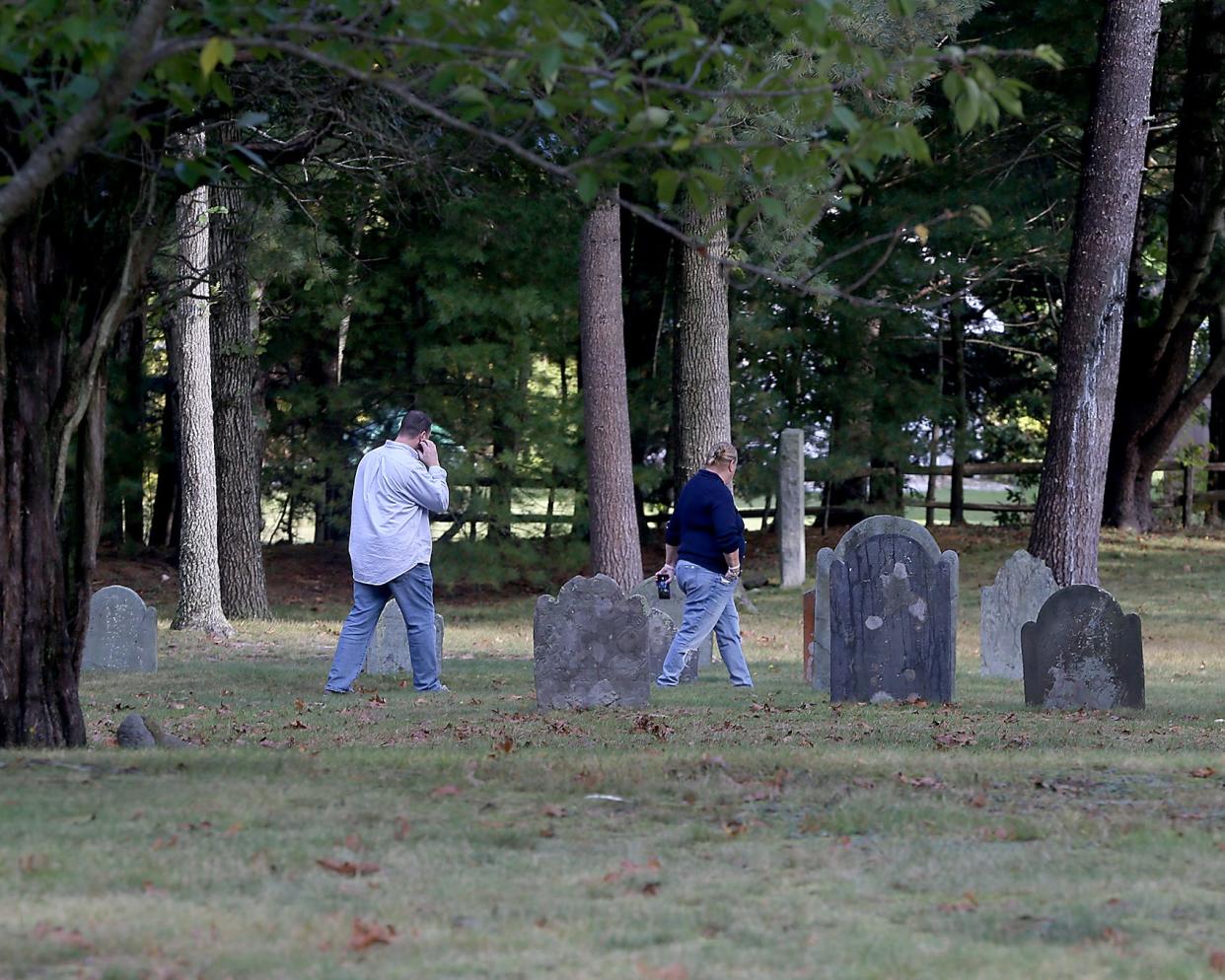
When Mount Wollaston Cemetery in Quincy opened in 1855, the first person to buy a plot was Charles Francis Adams Sr., a descendant of Presidents John Adams and John Quincy Adams.
He paid $5, or about $177 in 2023 dollars.
That seems like a long time ago, but on the South Shore, given its rich history, Mount Wollaston Cemetery isn't that old.
The oldest maintained cemetery in the United States is Duxbury's Myles Standish Burial Ground, which was established two centuries before Mount Wollaston Cemetery. The burial ground is the final resting place for many well-known Pilgrims who arrived on the Mayflower in 1620.
Burial Hill in Plymouth is also home to Mayflower passengers, including Mary Allerton, the last surviving passenger.
Exploring cemeteries is just one way to connect to the history of a place, and the South Shore has more than its share of historical burial grounds. Here are some of the most notable:
Who's buried at Myles Standish Burial Ground, Duxbury
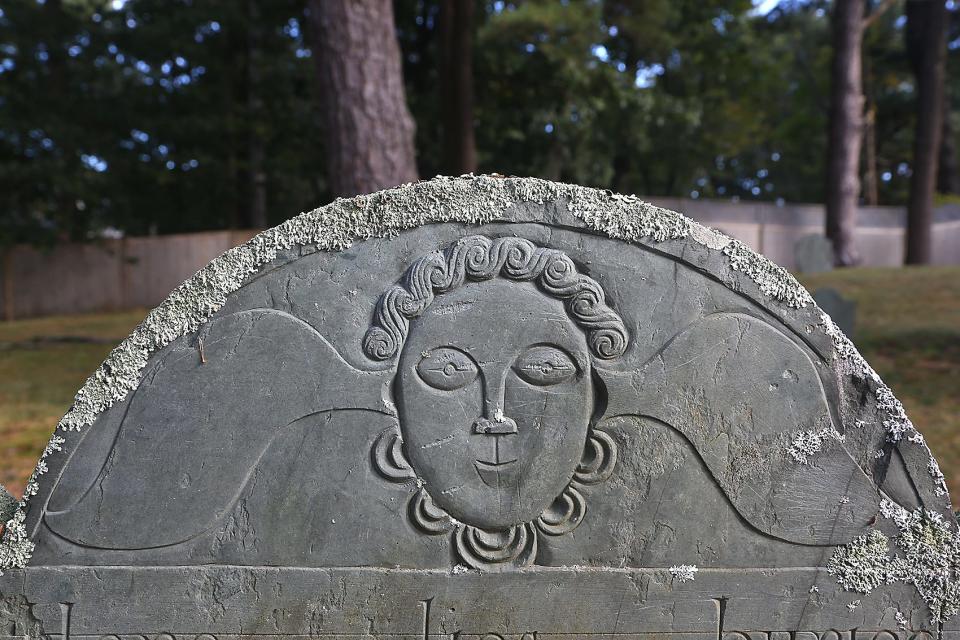
The cemetery was established in 1638, about 11 years after Duxbury was settled by inhabitants of Plymouth Colony. The original burial grounds were next to Duxbury’s First Meeting House.
During the 1700s, Duxbury built a second meetinghouse, and another burial ground was established. A third meetinghouse was built in 1785 and Mayflower Cemetery on Tremont Street followed.
The original burial ground fell into disrepair and became overgrown and forgotten. For most of the 1800s, thick brush covered many of the gravestones and cattle roamed the site.
In 1887, the Duxbury Rural and Historical Society began reclaiming the burial ground. Since then, the grounds have been maintained as a local historical site.
Here are some of the people buried there:
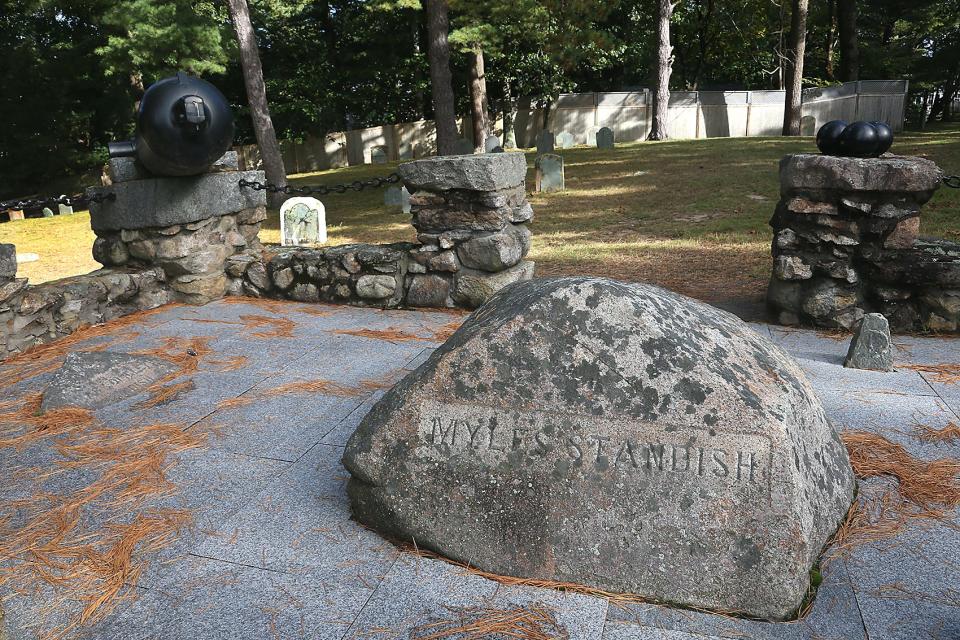
The most famous grave belongs to Standish (1584-1656). He was one of the original settlers of Duxbury and a Mayflower passenger. He also was assistant governor of the colony as well as its treasurer, and he was the commander of the Plymouth militia from 1621 until his death.
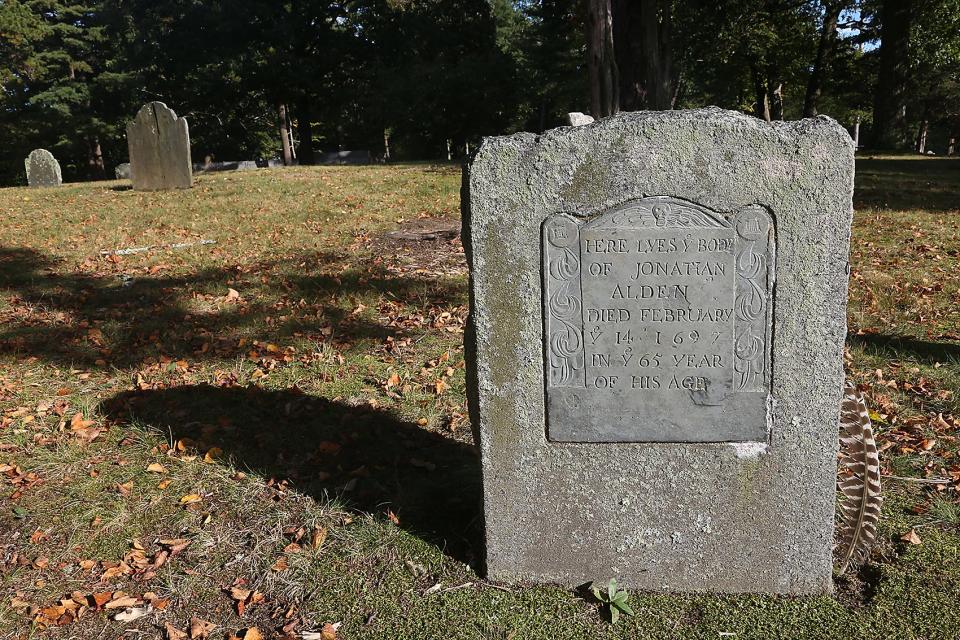
A Mayflower crew member, Alden (1598-1687) was the ship's cooper, responsible for maintaining the ship's barrels. Even though he was not a settler, he decided to stay in Plymouth once the ship returned to England.
Alden married Mayflower passenger Priscilla Mullins after her family died during the first winter in Plymouth. The couple became famous after the poem "The Courtship of Miles Standish" by Henry Wadsworth Longfellow was published in the 19th century.
In Plymouth, Alden served on the Governor’s Council nearly every year from 1640 to 1686. He also was the colony's treasurer and a member of the colony's Council of War.
Looking back: After 367 years, Braintree town government made a dramatic change
Priscilla Alden
Wife of John Alden, Priscilla boarded the Mayflower when she was 18. During the first winter in Plymouth Colony, her father, stepmother and brother all died. She then married Alden; they were the third couple to be married in the colony. Priscilla's final resting place is inside the cemetery, though the exact location is not known. A marker with her name commemorates her.
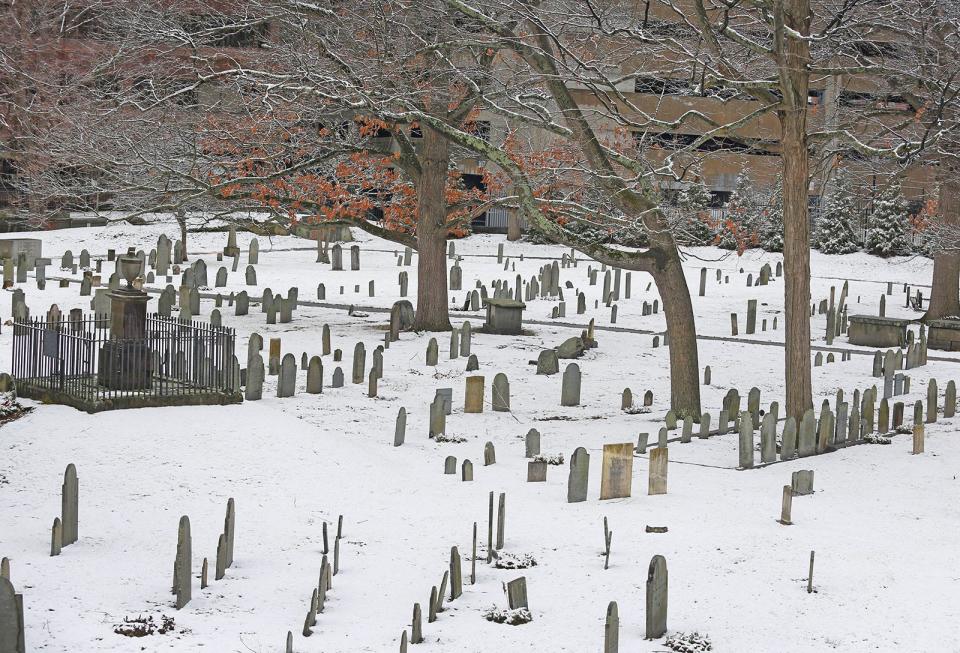
Who's buried at Hancock Cemetery, Quincy
The cemetery was established circa 1640 across from United First Parish Church in Quincy. The cemetery is one of the few remnants of the early settlement of Quincy and was the community’s main burial ground for more than 200 years.
The area was originally part of Braintree. The cemetery was added to the National Register of Historic Places in 1982.
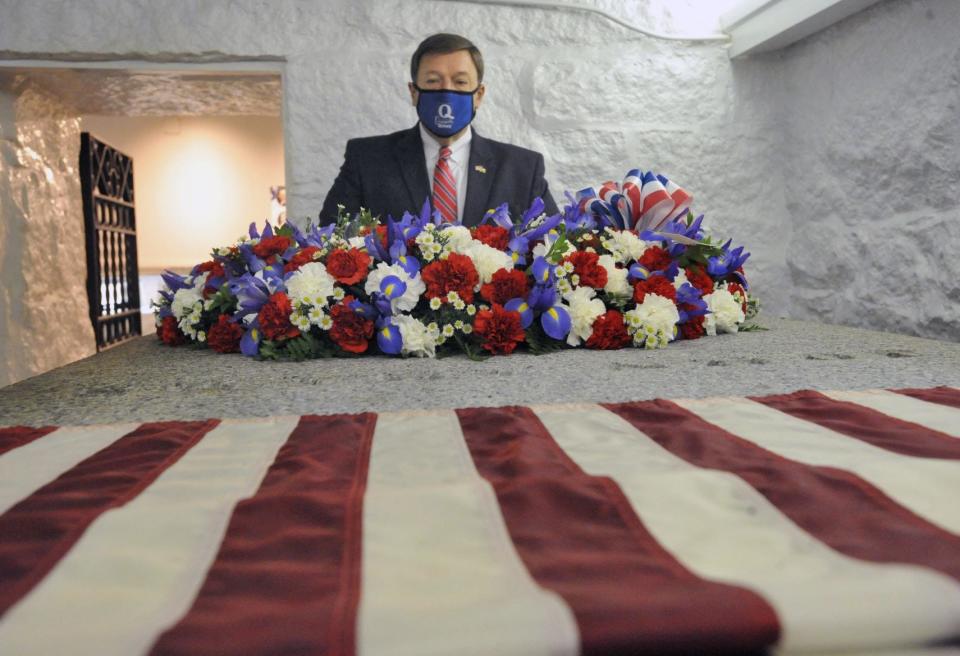
John Hancock Jr. is buried there, and the Adams presidents and first ladies Abigail and Louisa were there until their remains were moved to the crypt inside United First Parish Church across the street.
Hancock (1702-44), the namesake of the cemetery, was the father of Revolutionary War hero John Hancock III. The elder Hancock was pastor of United First Parish Church. He served in that position from his ordination in 1726 until his death. He was also a soldier, planter and politician.
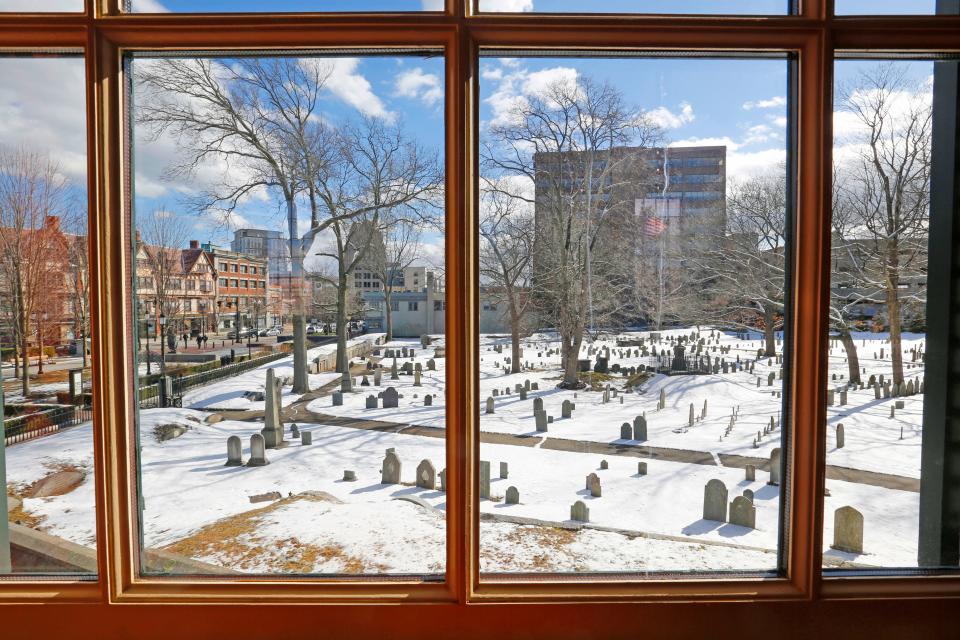
Who's buried at Mount Wollaston Cemetery, Quincy
The area was first settled in 1625 by English Capt. Richard Wollaston. The land was then given to William Coddington, an official and treasurer of the Massachusetts Bay Colony.
Coddington left Massachusetts because of his religious beliefs and helped found parts of what is now Rhode Island. He gave some of his land to the town for establishing public schools.
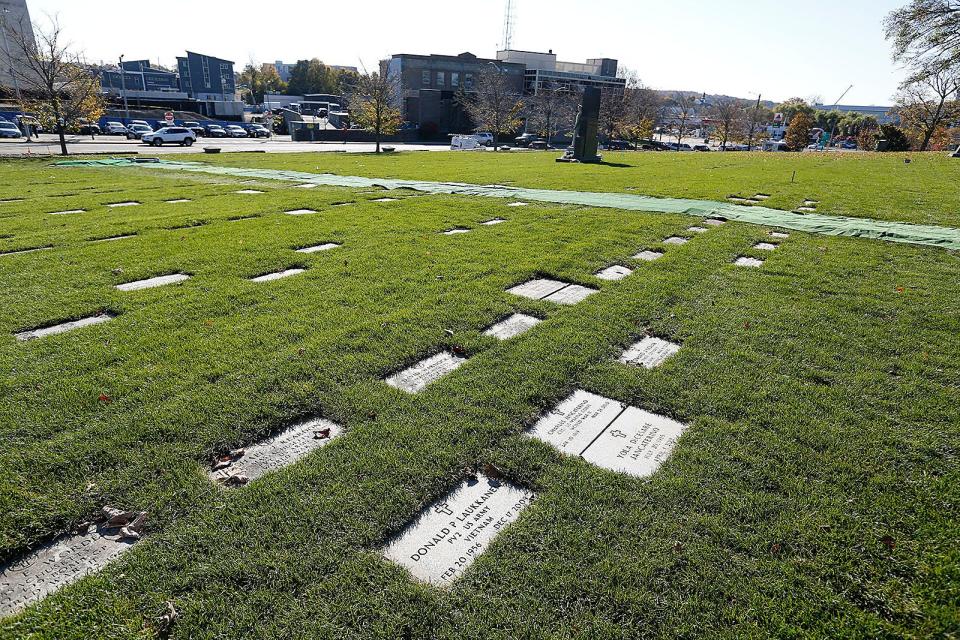
The land was used as a town farm for 200 years until 1854, when a 12-acre section was set aside for a cemetery. The cemetery was consecrated on Nov. 1, 1855. By 1960, all the lots inside the cemetery were sold and Quincy opened Pine Hill Cemetery to accommodate new lots.
Here are some of the notable people buried at Mount Wollaston Cemetery:
Charles Francis Adams Sr.
Son of President John Quincy Adams, Charles (1807-86) bought the first lot inside the cemetery in 1855 for $5. He was a U.S. envoy to the United Kingdom during the Civil War. He helped prevent the British recognition of the Confederate States of America and helped keep Europe out of the war. Before the Civil War, he was a member of the U.S. House of Representatives.
John Quincy Adams II
Adams was Charles Francis Adams' son, grandson of John Quincy Adams, and great-grandson of John Adams. John Quincy Adams II was a colonel in the Union Army during the Civil War. He represented Quincy in the U.S. House of Representatives four different times between 1866 and 1875.
Rufus Tobey
Tobey (1849-1920) was a Congregationalist pastor who founded the Floating Hospital for Children in Boston. Today, the hospital is named the Tufts Children’s Hospital at Tufts Medical Center.
Born in New Bedford, Tobey first served as a pastor in Harwich before moving to Helena, Montana, to establish a Congregational church. He then returned to Massachusetts, establishing the hospital with support from Dr. Edward Everett Hale.
Who's buried at Burial Hill, Plymouth
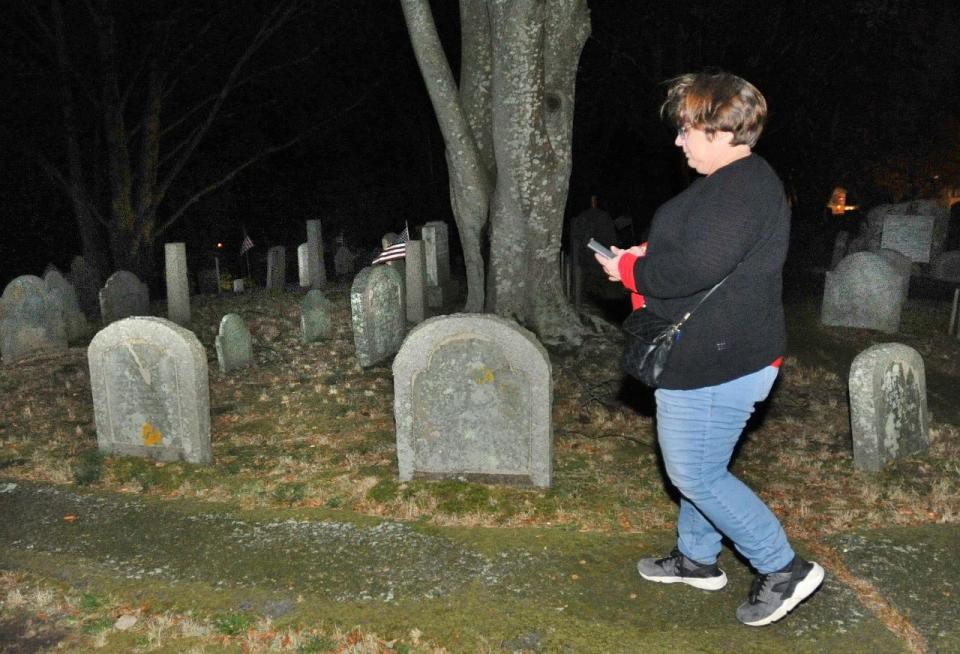
Just off Main Street in Plymouth, Burial Hill’s main entrance is just north of First Parish Church. The first Pilgrim burial ground was on the nearby Cole’s Hill with Burial Hill originally serving as the site of a fort.
The fort was a meetinghouse for the colony and the church until 1677.
The congregation of First Parish Church meets in a building from 1899 at the base of the hill near its original meeting spot established in 1621. The site was added to the National Register of Historic Places in 2013.
The people buried there include:
Mary Allerton
A Dutch settler of the Plymouth Colony, Allerton (1616-99) was the last surviving Mayflower passenger. She arrived on the Mayflower when she was 4 years old and lived in Plymouth Colony until her death at 83.
James Warren
Major Gen. James Warren (1726-1808) was the speaker of the state House of Representatives from 1787 to 1788. He was also the paymaster-general of the Continental Army during the Revolutionary War and the president of the Massachusetts Provincial Congress from 1775 to 1789.
Gov. William Bradford
Bradford (1590-1657) was the second, fifth, ninth and 11th governor of Plymouth Colony. He was a passenger on the Mayflower and signed the Mayflower Compact.
William Brewster
Another Mayflower passenger, Brewster (1566/67-1644) was a senior elder of Plymouth Colony. He was the religious leader of the colony and at one point was an adviser to Gov. Bradford.
This article originally appeared on The Patriot Ledger: Countless historical figures are at rest at South Shore cemeteries

